Harnessing Nature’s Bounty: 4 Effective Methods of Leaf Retention
Introduction
Planning to harness nature’s bounty begins when the warm summer is ending, there is autumn chill in the air and the trees shed their leaves to welcome new growth for the next year. Many gardeners regard this natural phenomenon as a chore rather than an opportunity. Raking, bagging, and discarding of leaves are common methods for preserving clean landscapes. What if I told you that preserving fall leaves could be one of the best things you can do for your garden’s health, especially as you prepare for the forthcoming spring season?

I strongly believe in, “learning by making mistakes” For that matter every single day even a chore gives me a new learning experience. Previously in my blogs, I have discussed garden upkeep, mulching, composting and so much more. In this detailed guide about nature’s bounty, we’ll look at the science behind this technique, including the several ways in which conserving autumn leaves enhances your garden’s ecosystem and prepares it for a successful spring season.
1. Nutrient Cycling and Soil Enrichment

Nature’s bounty called leaves contain an abundance of nutrients necessary for plant growth and soil health. When leaves disintegrate, they release a variety of nutrients back into the soil, including nitrogen, phosphorous, potassium, and micronutrients. Nutrient cycling is an important mechanism that maintains soil fertility and promotes plant growth. Numerous scientific investigations have shown that leaf litter improves soil nitrogen levels and microbial activity.
According to a study published in the journal Soil Biology and Biochemistry, leaf litter decomposition has a major impact on soil organic carbon and nitrogen dynamics. The study discovered that decomposition of deciduous leaves increased soil microbial biomass and enzyme activity, implying improved nutrient cycling and soil organic matter turnover.
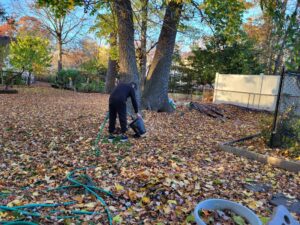
Another study published in the Journal of Environmental Quality found that leaf litter helps to restore soil nutrients and improve soil structure, resulting in healthier and more productive agricultural systems.
By conserving autumn leaves in your garden, you are effectively using nature’s bounty, a fertilizer to nourish the soil with critical nutrients and organic matter. This nutrient-rich soil gives plants the building blocks they require to thrive, resulting in lush foliage, vivid blooms, and plentiful harvests in the springtime.
2. Soil Structure and Moisture Retention
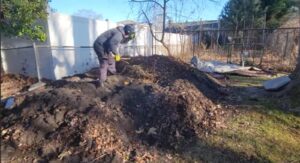
Autumn leaves not only provide nutrients but also help to improve soil structure and moisture retention. Leaves operate as a natural mulch, creating a protective layer on the soil surface. This mulch works as nature’s bounty and helps to regulate soil temperature, limit moisture loss through evaporation, and prevent weed growth. Leaves disintegrate over time and contribute to the production of humus, a stable organic component of soil that improves structure and water-holding ability.
A study published in the journal Plant and Soil looked into the impact of leaf litter decomposition on soil structure and moisture dynamics in agroforestry systems. The researchers discovered that the presence of leaf litter boosted soil aggregation and water infiltration rates, resulting in better soil water retention during dry periods.
In a similar vein, the University of Minnesota Extension found that mulching with leaves can reduce soil moisture evaporation by up to 50%, resulting in more stable soil moisture levels and lower irrigation requirements. Nature provides the facility of using fall leaves as natural mulch promotes soil health and resilience, resulting in an ideal environment for plant root growth and development. This healthy soil structure guarantees that plants receive appropriate hydration, even during periods of drought or water shortages, paving the way for powerful development and rich yields in your spring garden.
3. Biodiversity and Ecological Balance

Autumn leaves provide a valuable home and food source for a wide range of soil species, including earthworms, insects, fungi, and microbes. Nature assign these soil organisms to perform important roles in nutrient cycling, decomposition, and pest control, all of which contribute to the garden ecosystem’s general health and balance. According to research, keeping leaf litter increases soil biodiversity and promotes the quantity of beneficial organisms required for ecosystem function. A study published in the journal Applied Soil Ecology looked into the effects of leaf litter management on soil fauna diversity and ecosystem processes in temperate forests.
The researchers discovered that removing leaf litter dramatically decreased soil macrofaunal numbers and affected microbial community composition, resulting in changes in nutrient cycling rates and soil carbon dynamics. Similarly, the University of California Cooperative Extension found that leaf litter is important in providing habitat and food for beneficial insects like ground beetles and predatory mites, which assist decrease pest populations in agricultural settings.
By preserving autumn leaves in your garden, you promote biodiversity and ecological resilience, resulting in a harmonious ecosystem in which beneficial creatures can flourish. This diverse population of soil organisms helps with natural pest management, nutrient cycling, and soil fertility, ultimately improving the long-term health and production of your garden environment.
4. Carbon Sequestration and Climate Change Mitigation
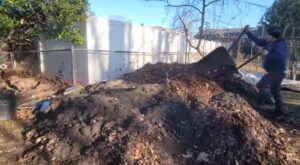
In addition to promoting plant development and soil health, preserving autumn leaves aids in carbon sequestration and climate change mitigation. Nature provides carbon, an essential component of the Earth’s carbon cycle, which is released into the atmosphere as carbon dioxide (CO2) during decomposition. By retaining leaves in the yard and allowing them to degrade naturally, you are essentially sequestering carbon in the soil, where it can be kept for long periods of time.
A study published in the journal Global Change Biology looked into the function of leaf litter decomposition in soil carbon dynamics and greenhouse gas emissions. The researchers discovered that leaf litter decomposition contributed significantly to soil organic carbon buildup and CO2 sequestration in forest environments. Another study published in the journal Nature Communications found that increasing leaf litter inputs could improve soil carbon storage while reducing CO2 emissions from agricultural soils.
By conserving fall leaves and fostering soil carbon sequestration, you can help alleviate the effects of climate change by lowering atmospheric CO2 levels and increasing soil carbon stores. This climate-smart gardening strategy benefits not only your garden but also the larger efforts to address global climate challenges.
5. Practical Tips for Retaining Nature’s Bounty
Now that we’ve covered the multiple advantages of keeping fall leaves for a healthy spring garden, let’s look at some practical ways to include this sustainable gardening technique into your routine:
a. Mulching

Mulch improves garden health by regulating soil temperature, preserving moisture, reducing weeds, and enhancing soil structure. Scientific research confirms its benefits across a variety of environments. According to research published in the Journal of Soil and Water Conservation, mulch is efficient at reducing soil erosion and retaining soil moisture. Furthermore, a study published in the journal HortTechnology found that mulching considerably enhances soil organic matter content, improving soil fertility and stimulating plant development.
Another study in the Journal of Environmental Management emphasizes on this nature’s bounty mulch’s significance in weed suppression, which reduces the demand for herbicides and laborious weeding. Overall, scientific evidence suggests that mulch is an effective tool for gardeners, providing several benefits to plant health and soil quality. Mulching in garden management strategies can result in healthier plants, higher yields, and increased sustainability.
b. Layering

Layering, a gardening technique that involves strategically placing materials over soil, provides numerous scientifically proven benefits. According to research published in Soil Science Society of America Journal, stacking organic materials increases soil structure and water retention capacity. This approach reduces soil compaction and erosion while increasing aeration and drainage. Furthermore, research published in the journal Applied Soil Ecology shows that layering promotes microbial activity, which leads to improved nitrogen cycling and plant availability.
Moreover, studies published in the journal Agronomy for Sustainable Development show that layering with organic mulch successfully suppresses weed development, reducing resource competition and the need for chemical weed management. Layering allows gardeners to create a favorable environment for plant growth, increase soil health, and reduce maintenance inputs, all of which contribute to more sustainable gardening methods.
c. Composting

Composting, another nature’s bounty, is a scientifically confirmed process for converting organic waste into nutrient-dense soil additives. Research published in the journal Waste Management shows that composting efficiently reduces greenhouse gas emissions when compared to landfilling organic waste.This process entails the breakdown of organic molecules by microbes such as bacteria and fungi, which convert complex organic compounds into simpler forms.
Studies in the journal Bioresource Technology show the relevance of composting in stabilizing organic matter and boosting soil fertility. As mentioned above compost provides important nutrients such as nitrogen, phosphate, and potassium, as well as helpful microbes that stimulate plant growth and prevent soil-borne diseases.
Moreover, research published in the journal Soil Biology and Biochemistry demonstrates that compost application increases soil structure, water retention, and microbial diversity. Composting organic waste allows gardeners to make a beneficial soil amendment that nourishes plants, improves soil health, and adds to sustainable gardening methods.
d. Balancing
As we discussed all nature’s bounty earlier, let’s talk about balancing now which refers to keeping the proper quantities of organic matter, nutrients, and microorganisms in the soil to promote plant growth. Scientific research demonstrates the significance of harmonizing soil components for garden health. According to research published in the journal Plant and Soil, balanced soil fertility attained through correct nutrient management improves plant nutrient absorption and productivity while reducing environmental consequences such as nutrient leakage and it’s all because of magnificent nature’s bounty. Furthermore, research published in the journal Soil Biology and Biochemistry emphasizes the importance of microbial communities in soil balance because they promote nutrient cycling, disease suppression, and soil structure improvement.
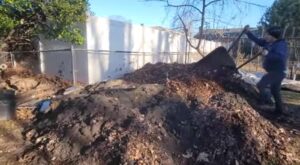
Additionally, research published in the journal Agriculture, Ecosystems & Environment underlines the need to maintain soil pH balance with nature’s bounty called leaves, since severe acidity or alkalinity can have a negative impact on plant nutrient availability and microbial activity. Gardeners may foster healthy plant growth and long-term gardening habits by implementing practices that encourage soil balance.
Conclusion
To summarize about nature’s bounty, keeping fall leaves is a simple yet effective activity that can transform your garden into a healthy ecosystem brimming with life and vitality. The benefits of keeping leaves go far beyond aesthetics, including nitrogen cycling and soil enrichment, biodiversity conservation, and climate change mitigation. By utilizing nature’s processes such as decomposition and nutrient cycling, you may create a sustainable garden environment that promotes healthy plant development, increases soil fertility, and contributes to larger conservation efforts. So, the next time you’re tempted to throw away those falling leaves, consider accepting them as nature’s gift and letting them work their magic in your spring garden.


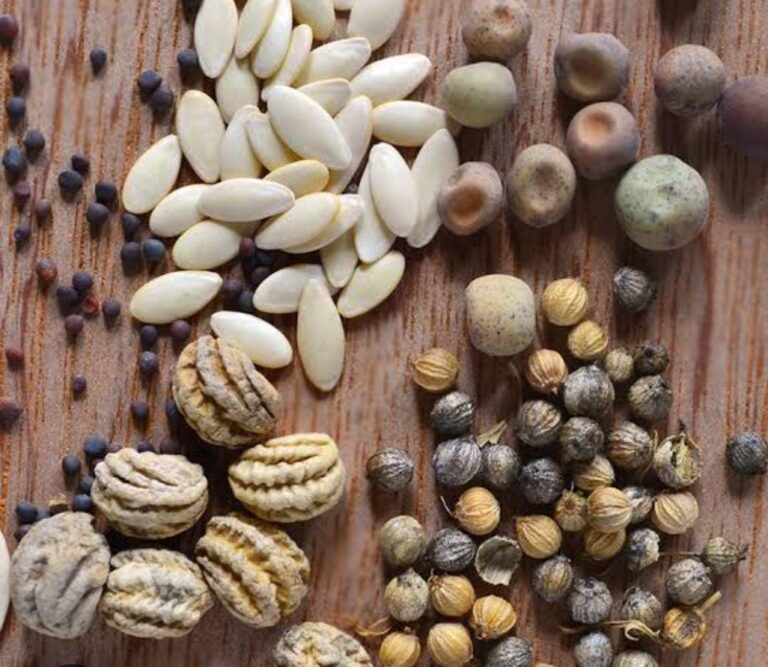
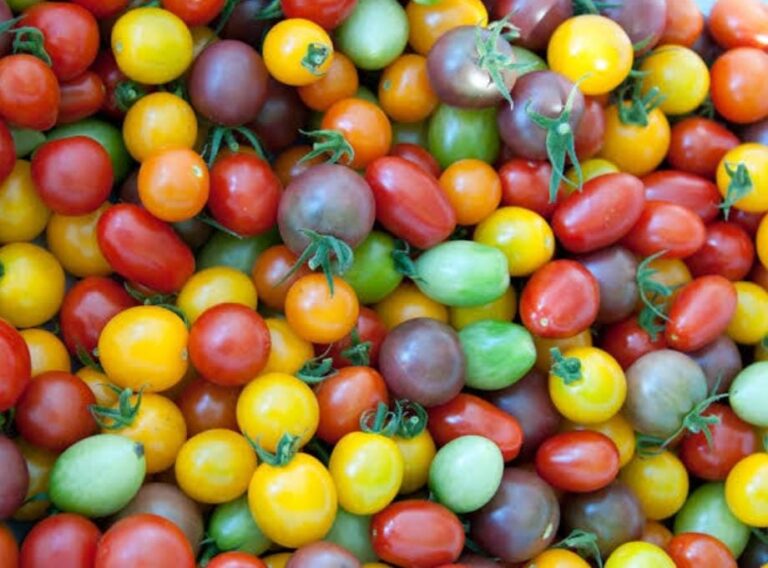

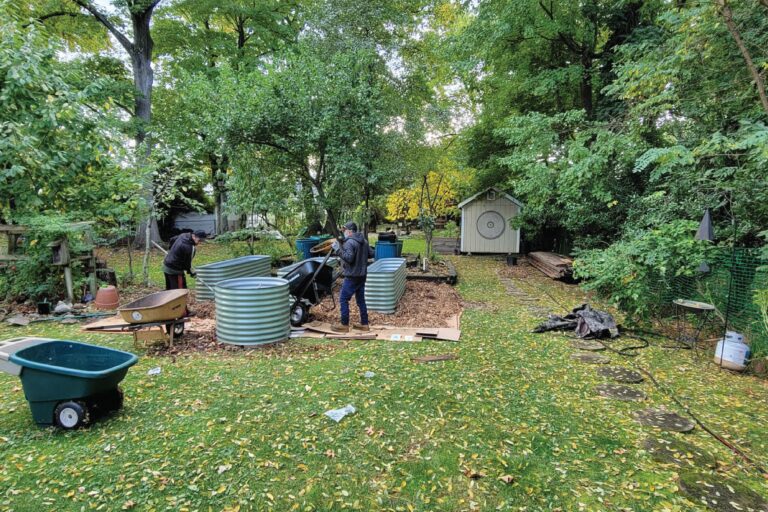
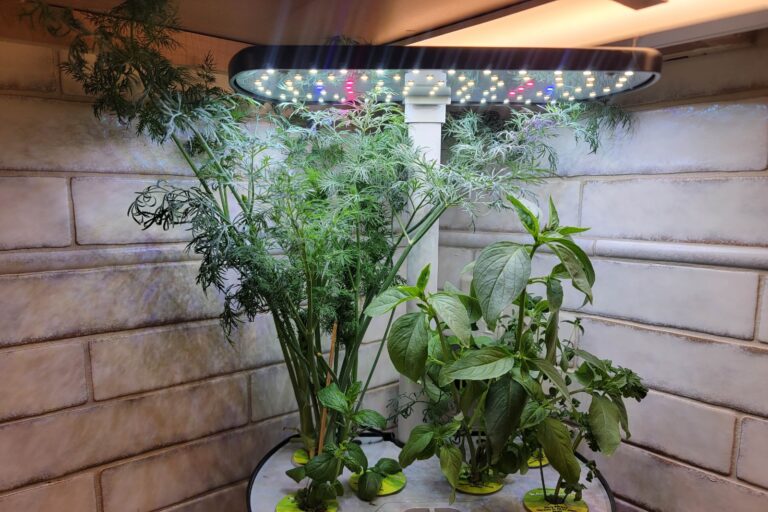

I’ve been following this blog for years and it’s amazing to see how much it has grown and evolved Congratulations on all your success!
Thank you for following!
This is exactly what I needed to read today Your words have provided me with much-needed reassurance and comfort
Thank you 🙂
It’s clear that you have a deep understanding of this topic and your insights and perspective are invaluable Thank you for sharing your knowledge with us
Thank you for your kind comments!